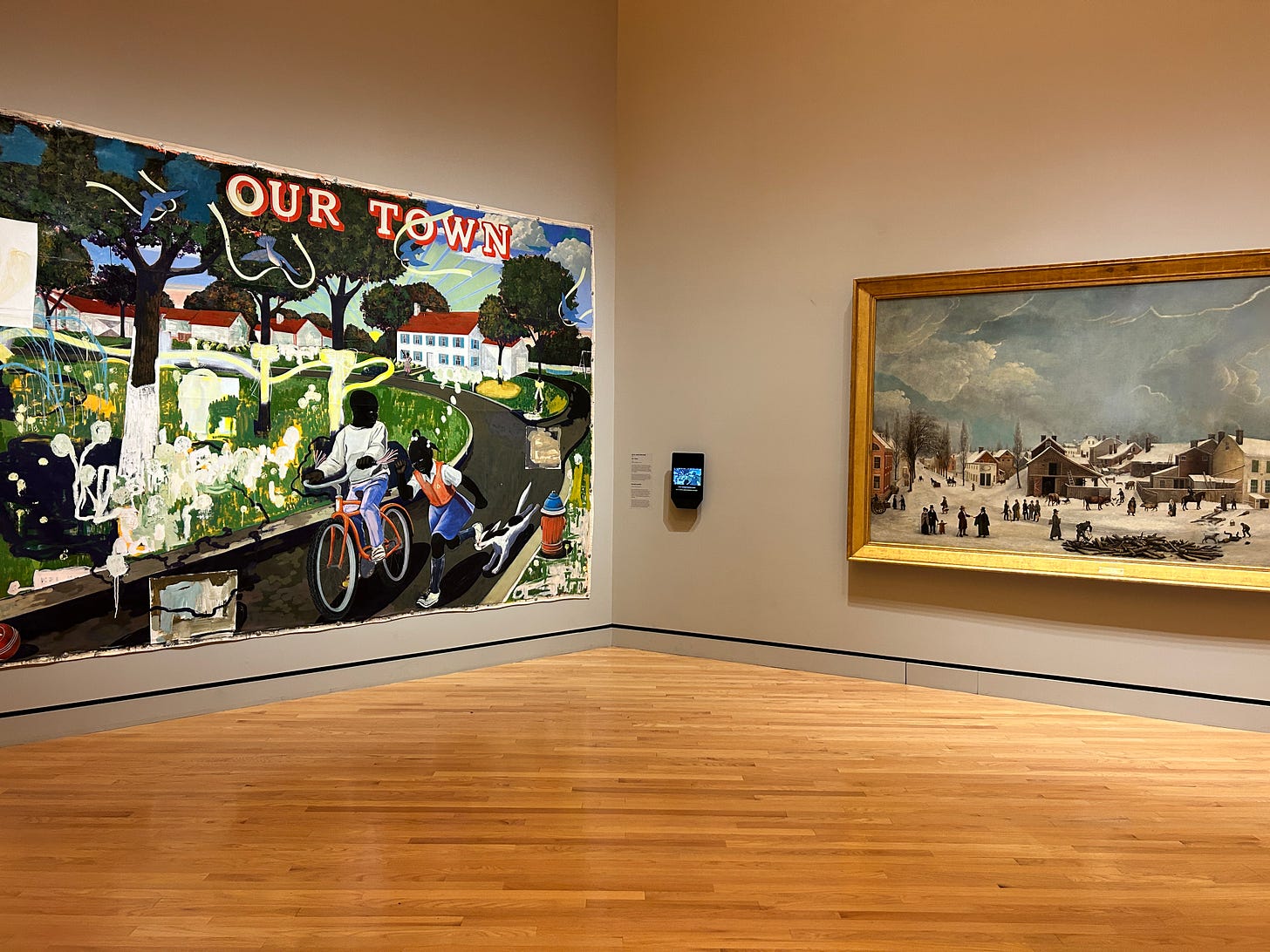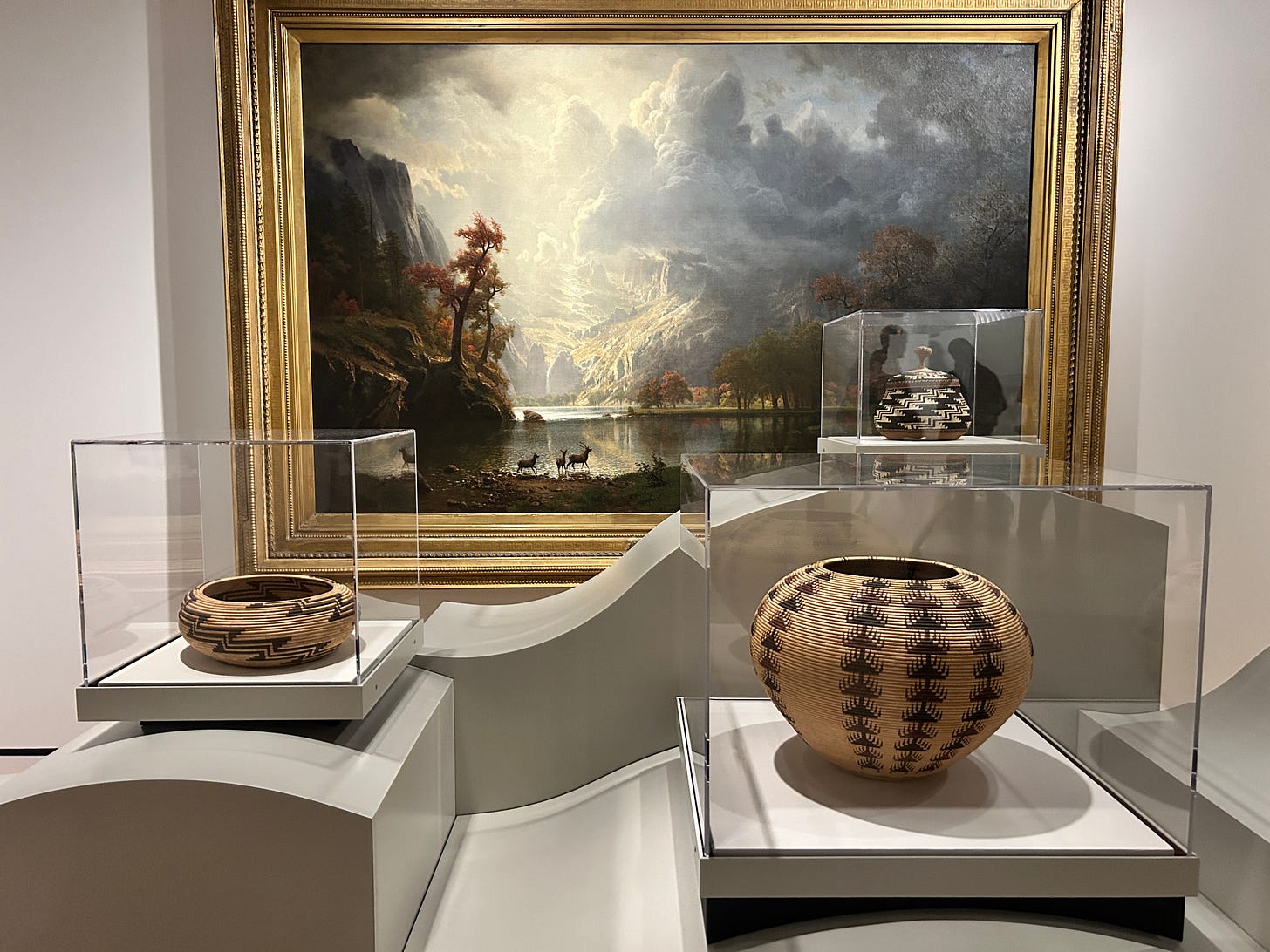Remembering the artist once known
At Crystal Bridges Museum of American Art in Bentonville, a new way of thinking about anonymous artists and the stories we tell about them.
Over Christmas, I made a 48-hour trip to Missouri to see my mom.
So, of course, we went to Crystal Bridges Museum of American Art, one of my favorite places to see art in the world.

Crystal Bridges, a world-class collection funded by, of all people, Alice Walton and the Walmart Foundation, has been around since 2011. Over lots of these visits to the Ozarks, I’ve seen the museum evolve over the years from a nice art museum to a vanguard art museum in a region of the country that didn’t have anything like this creative hub just 20 years ago.
The most significant shift happened in 2018 when museum curators overhauled the early American galleries to shift away from the traditional story that starts with the American Revolution to the intentionally inclusive perspective we have now. Visitors can see art advocating for immigrants’ rights next to a statue of an eagle, or a colonial-era portrait of George Washington next to a 21st-century video portrait of an unhoused man whose gaze demands the viewer’s even more powerfully than the president’s.
The museum competes with its predecessors in New York and San Francisco to acquire new pieces from the Kehinde Wileys, Titus Kaphars and Amy Sheralds of the art world.
It’s a powerful experience to find such a fierce commitment to diversity, equity and inclusion anywhere, much less at a museum funded by Walmart. But everywhere you look reveals the kind of DEI work that is being banned at public universities and disappearing at the corporate level.
I found the latest evidence of this boundary-pushing in a new exhibit called Knowing the West, which features art about the American West by Indigenous artists. On each piece without a known artist, the museum’s curators have listed the artist as “Artist Once Known” rather than “Artist Unknown.”
Artist once known.
The term was first used by Wanda Nanibush (Beausoleil First Nation) at the Art Gallery of Ontario to acknowledge artists as people who were well respected within their communities and celebrated for their artistic talents, writes Hood Museum of Art curator Michael Hartman, who also helped with this exhibit at Crystal Bridges that ends this weekend.
He says that the term invites the questions: “Why is someone not known? What historical erasures or violent actions caused someone to be unknown to us today?”
Keep reading with a 7-day free trial
Subscribe to The Invisible Thread to keep reading this post and get 7 days of free access to the full post archives.







